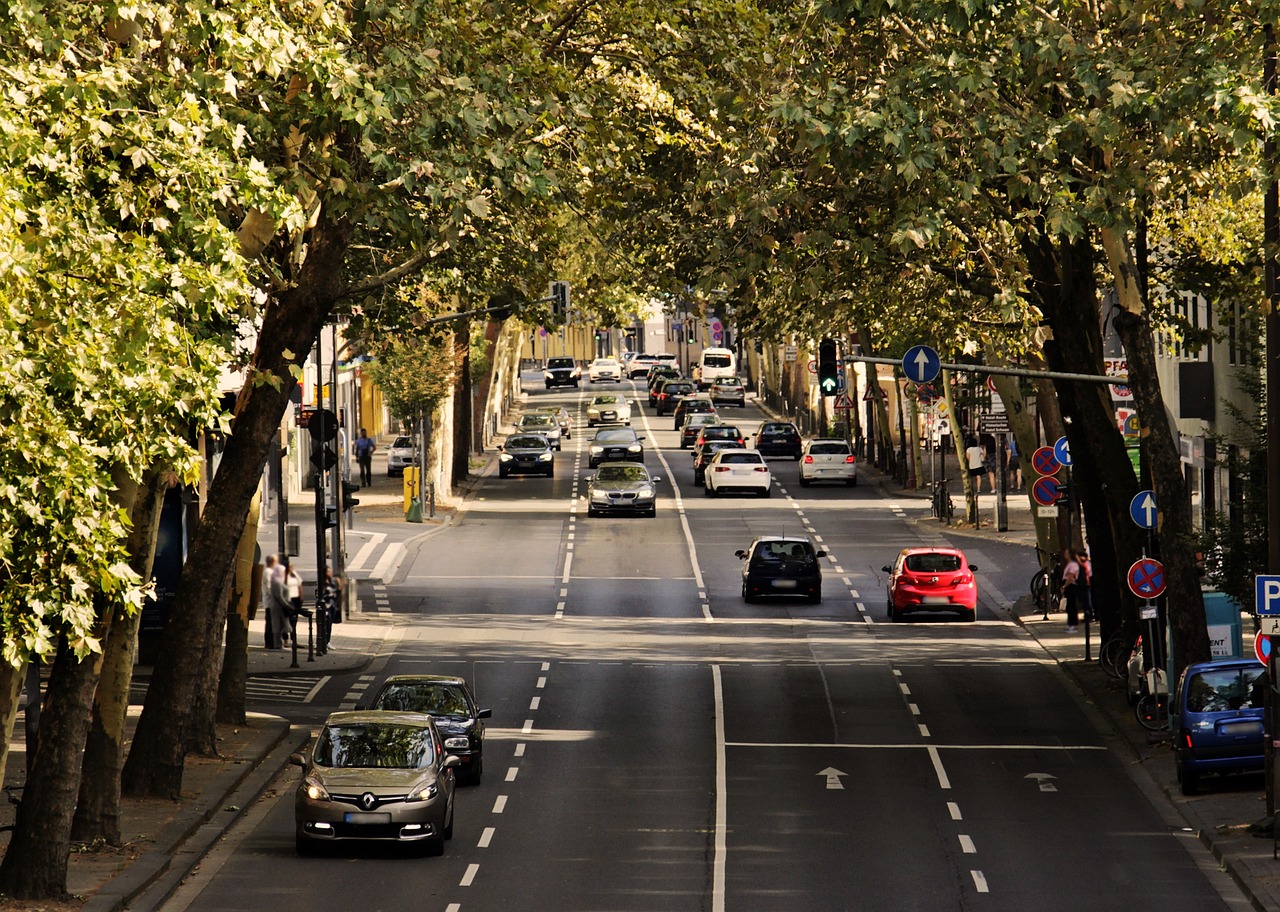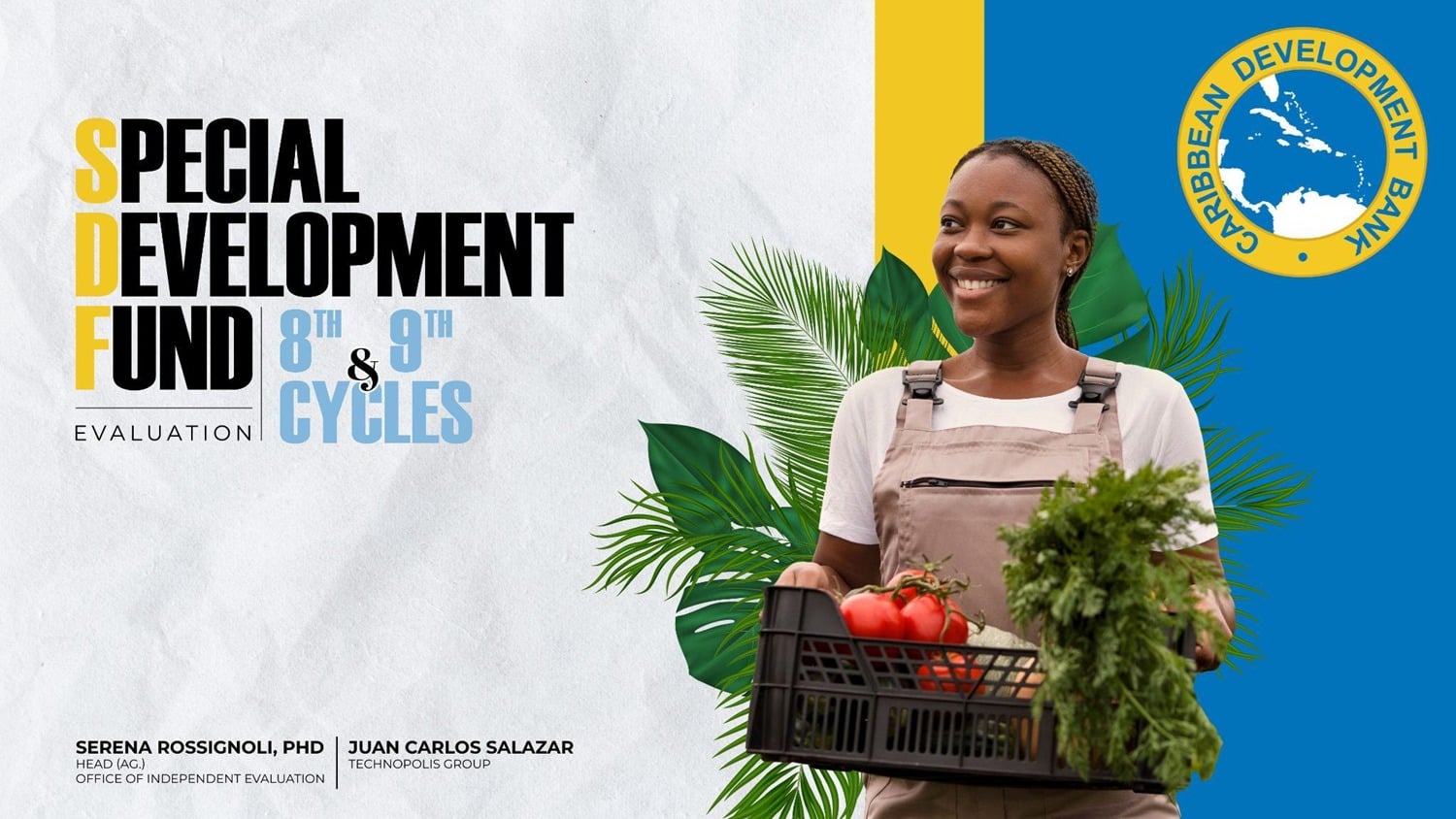We produce and we consume. Many of our everyday and economic activities are linked to the former or the latter. These practices have undeniably left their mark on our planet. Technopolis Group is working to find solutions to reduce the environmental footprint of products.
A few months ago, a scientific article made headlines around the world. All products and materials produced by humans since the year 1900 were for the first time ever heavier than all current life on Earth. Objects and products manufactured from concrete, steel, bricks, plastics, and other materials now outweigh people, animals, plants, and bacteria combined. The total weight of human-made products of the past 120 years amounts to 1.1 trillion tons and every year another 30 billion tons are added globally.
This weight is the testimony of enormous economic success that allowed millions to leave poverty, but which has over the years become a heavy burden on our environment, leading to biodiversity loss, pollution, and climate change. Today, the world is facing the interlinked and cascading consequences of environmental damage which has led to a planetary crisis.
Transitioning to a circular economy will help fight the effects of our footprint on the planet. For Europe’s internal market, this would mean producing and consuming more sustainable products which put less pressure on the environment but still generate value. In 2015, The European Commission adopted the Circular Economy Action Plan, which was updated in 2020 and is now part of the European Green Deal. It notably aims to enhance products’ performances in terms of sustainability and foster the uptake of circular business models in the EU as opposed to the traditional take-make-dispose model. One action under this plan is the Sustainable Product Initiative which aims at developing a policy framework for greener products.
Designing sustainability
Technopolis Group, as part of a wider consortium, is currently carrying out an impact assessment of the proposed initiative for the European Commission. The study, which contributes to the upcoming revision of the EU’s Ecodesign Directive, is looking into different policy solutions and estimates their potential economic, environmental, and social effects. The study also looks into how innovative and sustainable design could reduce the environmental footprint of many products.
Currently, the design of many products does not consider the entire environmental impact a product will have over its whole life cycle, from the manufacturing stages to the use and the end-of-life stages. The sustainable design of a product is critical, as it constitutes roughly 80% of its total footprint. Ensuring a sound design can, hence, reduce the environmental effects of our production and consumption significantly. For manufacturing, this could mean replacing virgin resources through secondary materials, creating materials that can easily be recycled, or fighting against planned obsolescence. During the use phase, the circular design stands out through longevity and by allowing repairs and maintenance. At the end of life, sustainable products can be reused, remanufactured, or recycled.
There are many product categories and industries where sustainable design has a lot of potentials. One prominent example is denim jeans. Denim products worth €9.2b were imported into the EU in 2019. The various parts of a pair of jeans are produced in many different places around the globe. Before the finished trousers are sold, they travel from country to country to go through numerous production steps, emitting 20-40 kg CO2 per pair. In addition to a significant environmental impact, the denim industry is known for dangerous working conditions, extremely low salaries, and child labour. Other examples of products on the European market for which a different product design and use can have a big impact are building materials, textiles, furniture, or information and communication technology products.
Revising policy to foster eco-design
Although the EU has already put several tools in place to steer product design in the right direction, the upcoming revision of the Ecodesign Directive as part of the Sustainable Products Initiative is an important opportunity to reinforce sustainability at the policy level. Currently, the directive sets standards for energy-using products sold in the domestic, industrial, and commercial sectors, and is complemented by the Energy Labelling Directive which rates the efficiency of these appliances on a scale from A-G. If the Ecodesign Directive would cover more product types in the future, it would be an important tool to make products sold in the EU more sustainable.
The Sustainable Products Initiative could also improve how information about the sustainability and circularity of products is provided to consumers and economic operators. Today, the inflation of different labels on, for example, performance, energy, or repairability makes it difficult for consumers to know what product has the smallest environmental impact over its entire life cycle and make an informed purchase decision. Economic actors are often lacking information on the materials’ compositions which influences the recyclability of a product or other crucial circularity characteristics.
Overall, the Sustainable Products Initiative including the revision of the Ecodesign Directive has a high potential. By setting the right standards through legislation, the EU can encourage third countries to improve their practices to access the European market – similarly to what is already the case with the Energy Label. This way, the policy initiative can reduce the heavy burden of our production and consumption on the environment.







